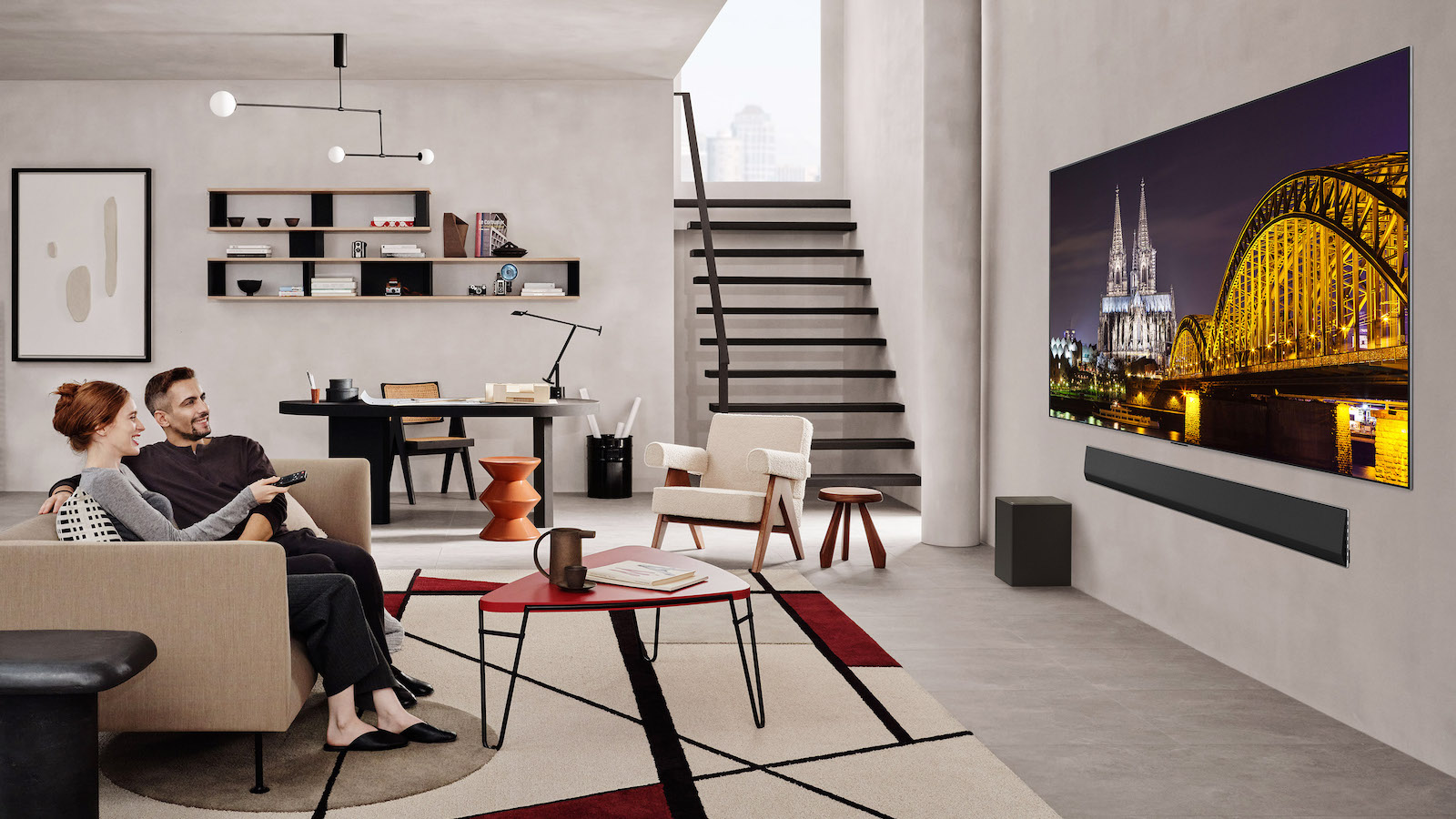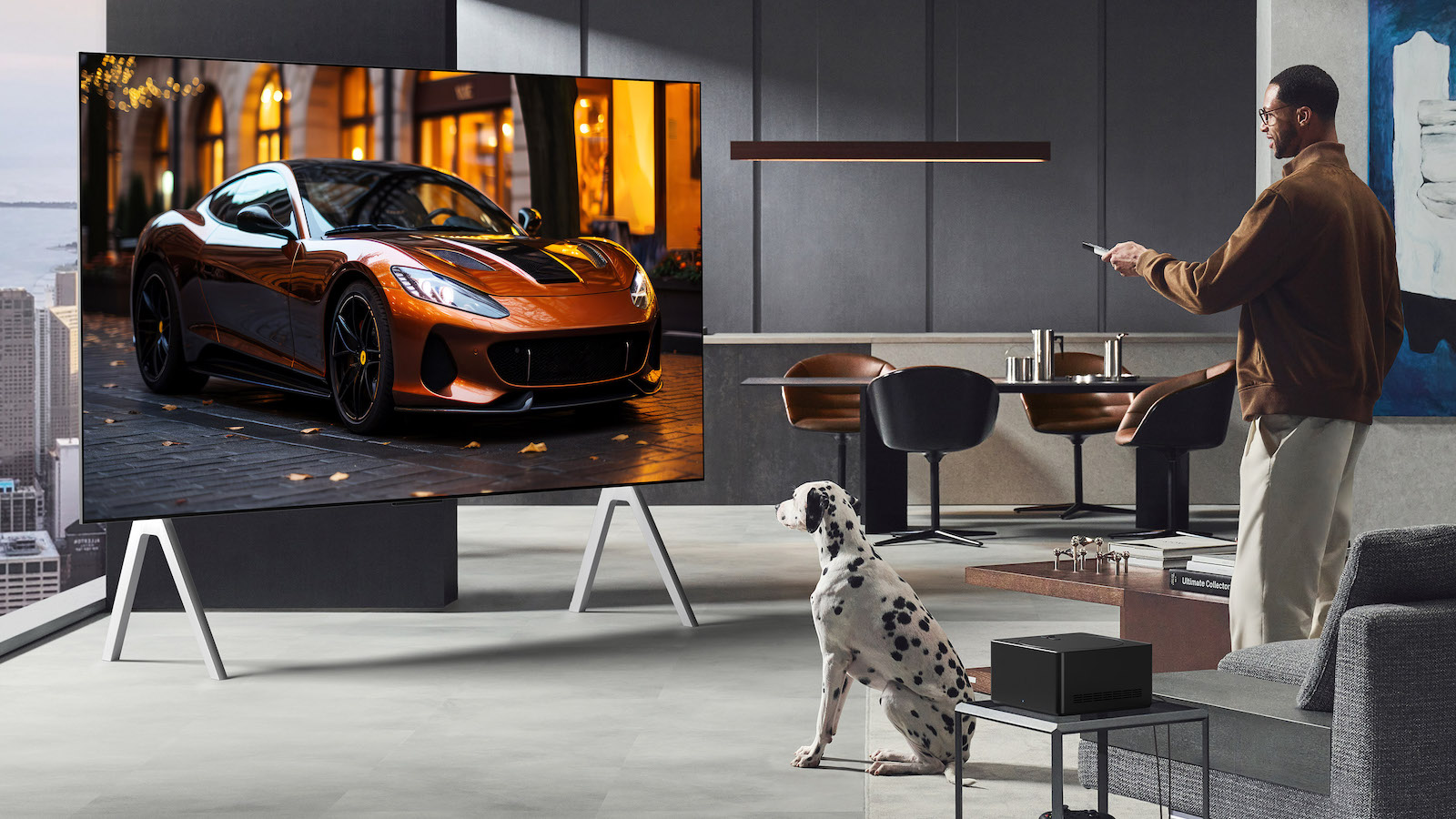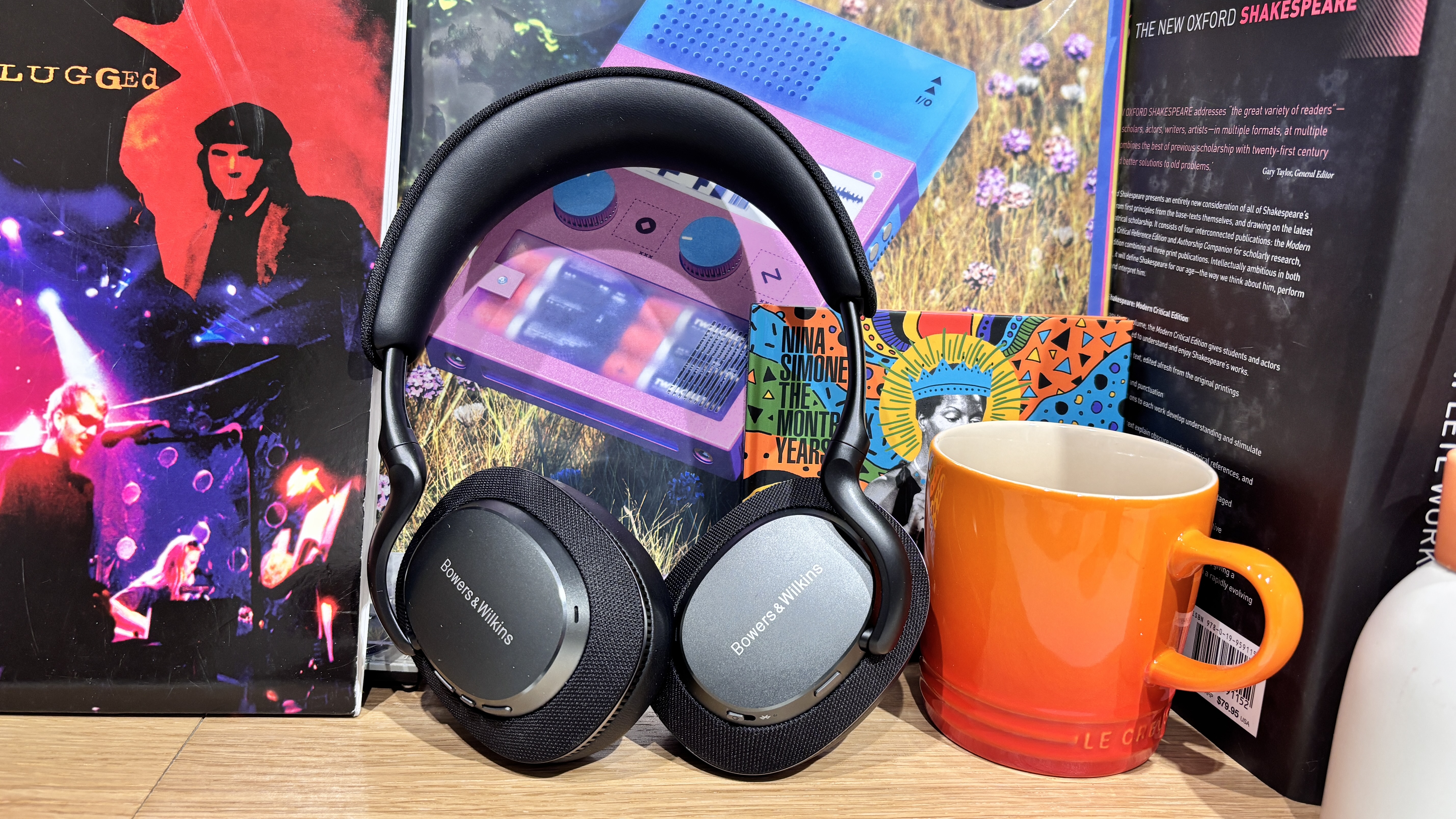LG announces G5, C5, B5 and M5 OLED TVs, none of which features MLA technology
Goodbye, MLA – hello, four-stack OLED panels

CES hasn’t really begun yet, but LG has already announced its 2025 OLED TV range, which consists of the M5, G5, C5 and B5.
The biggest surprise is that MLA, the brightness-boosting panel technology that has featured in LG’s top OLEDs over the past two years, appears to be gone. And yet, the new G5 is said to be significantly brighter than the G4 it replaces. How? Four-stack OLED technology, that’s how.
Big brightness boosts for the G5
LG states that the G5 is three times brighter than a ‘conventional’ OLED TV on a 10 per cent window (a white box that is 10 per cent the size of the screen, with the rest of the display black). LG specifies the new B5 as a ‘conventional’ OLED. Assuming that is no brighter than last year’s B4 (and LG certainly makes no claims to the contrary), we should be looking at a peak brightness of about 1800 nits when the TV is in an accurate picture preset such as Filmmaker Mode, and significantly higher when in one of its less accurate and more vivid modes. For reference, last year’s G4 was clocked at about 1500 nits in the same circumstances, so we’re looking at a jump in peak brightness of about 300 nits. Even for those of us who value picture accuracy, that’s not to be sniffed at.
Perhaps more interesting and significant than this peak-brightness figure, though, is LG’s claim that the G5 will be 40 per cent brighter than the G4 when it comes to full-screen brightness (a pure white image that fills the whole display). So, not only should the G5 be better at reproducing small bright highlights, but it should also be better at producing overwhelmingly bright images – think of the “lots of guns” scene in The Matrix.
LG is using the term ‘Brightness Booster Ultimate’ to describe the technology powering these big improvements to brightness. As reported by HDTV Test, this suggests the use of new ‘Four-Stack’ OLED panel technology rather than the MLA technology that featured in the G4 and G3. As well as boosting brightness, this Four-Stack technology, says LG, is also capable of increased colour vibrancy.
It is worth noting that the 48- and 97-inch versions of the G5 aren’t covered by LG’s impressive new brightness claims, presumably because they don’t feature the Four-Stack OLED technology of their siblings.
And no, that’s not a typo – in a G-series first, the G5 really will be available as a 48-inch model. It will be interesting to see if this new, smaller G5 is worth it over the equivalent C5 if it doesn’t include the fancy new panel technology.
Get the What Hi-Fi? Newsletter
The latest hi-fi, home cinema and tech news, reviews, buying advice and deals, direct to your inbox.
No obviously big upgrades for the C5 or B5

Of course, the G5 and C5 aren’t separated by panel technology alone. There are also the designs (which are the same as last year) and the processors, with the G5 featuring the Alpha 11 Gen 2 and the C5 making do with the Alpha 9 Gen 8. For clarity, these are ‘next-gen’ versions of the processors that featured in each TV’s respective predecessor.
LG moving beyond MLA for the G5 seemingly presents the perfect opportunity for the discarded technology to trickle down to the step-down C5 but, alas, it’s not to be. In fact, the C5 seems to be upgraded over the outgoing C4 only in terms of the processor, though we are of course aware that a processor upgrade can bring with it various picture and sound improvements.
While the G5 and C5 will be the most popular models in LG’s new OLED range, they are sandwiched by the M5 and B5. The M5 sits above the G5 and marries the new Four-Panel OLED technology and Alpha 11 Gen 2 processor to the wireless ‘Zero Connect Box’ pioneered by the preceding M3 and M4. Like its predecessor, the entry-level B5 is essentially a C5 with less brightness and a lower-powered processor.
Even more advanced gaming features, but few will be able to take advantage
LG’s OLEDs have always been at the cutting edge of gaming technology, and the brand is continuing to push the envelope with its 2025 models.
With the exceptions of the 48- and 97-inch models, the G5 can handle refresh rates up to 165Hz, up from the 144Hz of the G4 and C4. The C5 and M5 stay at 144Hz, and the B5 at 120Hz. It is worth remembering that no games console can currently go beyond 120Hz, so anything above that is only of use to gamers with seriously hardcore PCs. VRR is supported on all of the new TVs, right up to their respective maximum refresh rates.
As in 2024, all of LG's OLED TVs will have four HDMI 2.1 sockets.
Heavy AI integration
As you can probably imagine, AI features heavily in the new LG TV range. The TV will now recognise who is using it by voice, automatically switching to that person’s customised home screen and picture and sound settings, and providing personalised content recommendations. There’s an integrated AI chatbot, too, which will apparently help solve issues and make settings adjustments in an easy, natural way.
Finally, a new remote – but not for the UK
LG has finally retired its long-standing Magic Remote and new models will come with the new AI Magic Remote. This new remote is much slimmer and sleeker than the previous model, with the reduction in size having been achieved primarily through the removal of the number buttons which, in the era of voice control and streaming, have become far less useful. The new remote does still feature the pointer and scroll functionality of the previous one.
There’s just one catch: LG notes that ‘AI Magic Remote is not applied to UK, Italy, Singapore, Thailand’, so it seems that some of us will have to make do with the older remote for a little longer. We have approached LG for comment.
Pricing
No pricing for the new LG OLED TV range has been announced or even hinted at, but we are expecting the new models to arrive in the Spring. We will of course be reviewing the new models as soon as they are available.
MORE:
Check out our reviews of last year's LG G4 and C4
These are the best TVs you can buy right now
Everything you need to know about the outgoing MLA technology
Tom Parsons has been writing about TV, AV and hi-fi products (not to mention plenty of other 'gadgets' and even cars) for over 15 years. He began his career as What Hi-Fi?'s Staff Writer and is now the TV and AV Editor. In between, he worked as Reviews Editor and then Deputy Editor at Stuff, and over the years has had his work featured in publications such as T3, The Telegraph and Louder. He's also appeared on BBC News, BBC World Service, BBC Radio 4 and Sky Swipe. In his spare time Tom is a runner and gamer.

